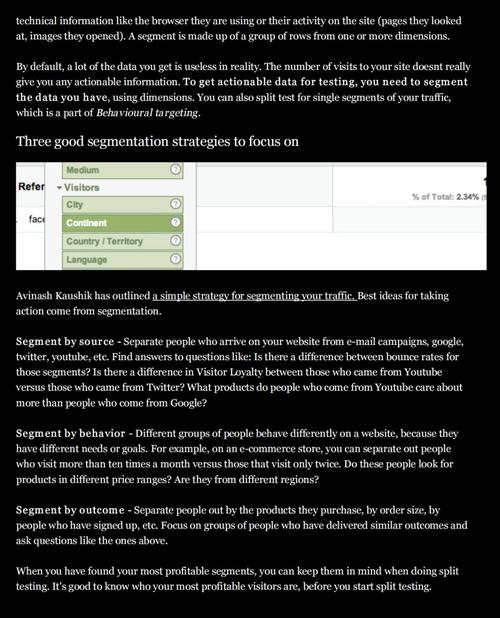Cro A/B Testing: A Comprehensive Guide for Enhanced User Experience
Are you looking to optimize your website or app’s user experience? If so, you’ve come to the right place. Cro A/B testing, also known as conversion rate optimization, is a powerful tool that can help you achieve this goal. In this article, we’ll delve into the intricacies of Cro A/B testing, covering everything from its basics to advanced techniques. Let’s get started.
Understanding Cro A/B Testing
Cro A/B testing is a method of comparing two versions of a webpage or app to determine which one performs better in terms of user engagement and conversion rates. By testing different elements such as layout, design, copy, and images, you can identify the most effective strategies for improving your user experience.
![]()
Here’s a brief overview of the Cro A/B testing process:
- Identify a specific element or aspect of your website or app to test.
- Create two versions of that element (A and B).
- Divide your audience into two groups and present them with the two versions.
- Collect data on user behavior and conversion rates for each version.
- Analyze the data to determine which version performs better.
The Importance of Cro A/B Testing
There are several reasons why Cro A/B testing is crucial for your online business:
- Optimize User Experience: By testing different elements, you can identify the most effective strategies for improving your user experience and increasing user satisfaction.
- Increase Conversion Rates: Cro A/B testing can help you identify the best practices for increasing your conversion rates, leading to higher revenue and profits.
- Save Time and Resources: Instead of guessing which changes will work, you can test and validate your assumptions, saving time and resources in the process.
- Stay Competitive: In today’s digital landscape, staying competitive requires continuous improvement. Cro A/B testing allows you to stay ahead of the curve by constantly optimizing your user experience.
Setting Up a Cro A/B Testing Campaign
Before you start your Cro A/B testing campaign, it’s essential to have a clear understanding of your goals and objectives. Here are some steps to help you get started:
- Define Your Objectives: Determine what you want to achieve with your Cro A/B testing campaign. This could be increasing sign-ups, reducing bounce rates, or improving engagement.
- Identify Your Target Audience: Understand who your target audience is and what they expect from your website or app.
- Choose a Testing Tool: Select a reliable Cro A/B testing tool that fits your needs and budget. Some popular options include Optimizely, VWO, and Google Optimize.
- Set Up Your Test: Create two versions of your webpage or app and configure your testing tool to track user behavior and conversion rates.
- Launch Your Test: Start your Cro A/B testing campaign and monitor the results.
Best Practices for Cro A/B Testing
Here are some best practices to help you get the most out of your Cro A/B testing campaign:

- Start with Small Changes: Begin by testing small changes to your webpage or app, such as button colors or copy. This will help you identify the most effective strategies before making larger changes.
- Focus on High-Impact Elements: Prioritize testing elements that have the potential to significantly impact your user experience and conversion rates.
- Use a Statistical Significance Calculator: Ensure that your test results are statistically significant by using a calculator to determine the confidence level of your results.
- Test One Variable at a Time: To accurately measure the impact of each change, test one variable at a time.
- Iterate and Optimize: Continuously iterate and optimize your webpage or app based on the results of your Cro A/B testing campaign.
Real-World Examples of Cro A/B Testing Success
Here are a few examples of how Cro A/B testing has helped businesses improve their user experience and increase conversion rates:












